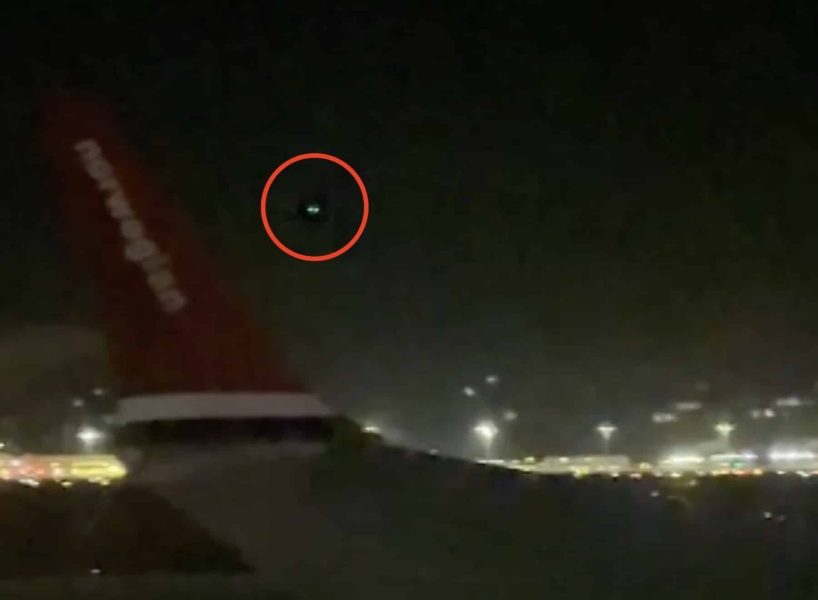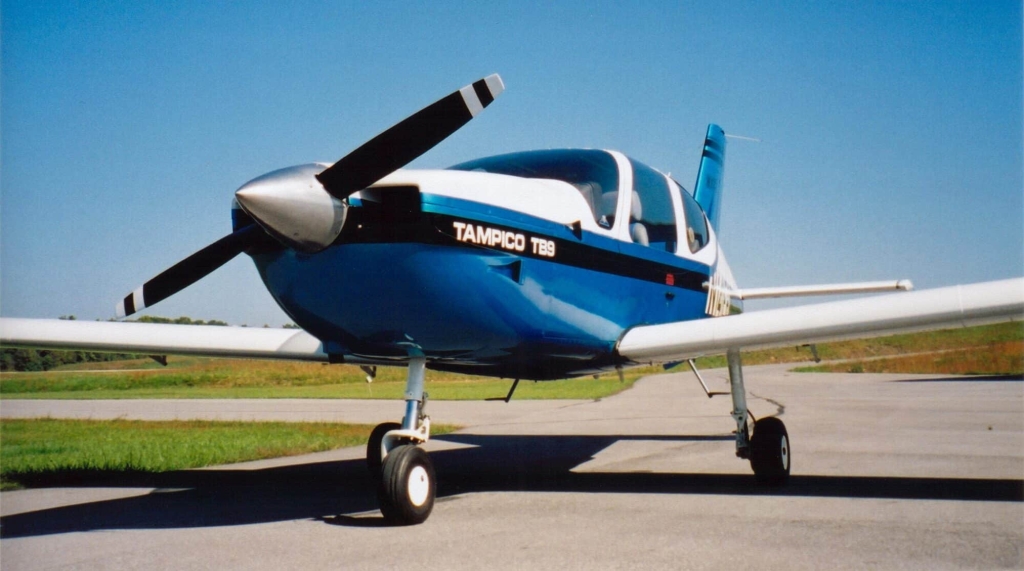Training Aircraft May Explain Copenhagen Airport Drone Sighting That Halted Flights

Amazon DEALS: DJI Mini 4K now $249 (-17%) and DJI Osmo Action 4 drops to $249!
A reported drone sighting that shut down Copenhagen’s Kastrup Airport for three hours Monday evening may have been a case of mistaken identity involving a training aircraft. Copenhagen Airtaxi AS has confirmed their school plane was conducting training flights in the area during the incident, reports the Norwegian Drone Magazine. The apparent drone observation near Denmark’s busiest airport triggered a complete flight suspension and launched an ongoing police investigation. A Norwegian Airlines passenger filmed the incident from their grounded aircraft, capturing footage that has since circulated widely online and sparked intense debate about airport security protocols.
Training Flight Coincides with Drone Reports
Copenhagen Airtaxi AS has stepped forward to clarify that their training aircraft, a Socata TB-20 Trinidad with registration number OY-CDT, was conducting flight training exercises in the precise area where the drone was reportedly spotted. After reviewing the viral NRK video footage, company officials confirmed the aircraft’s lighting configuration matches what appears in the recording. According to FlightRadar and ADSB Exchange data, the training aircraft operated at an altitude below 400 feet, flying remarkably close to the airport’s aircraft parking areas as part of its standard training circuit. The flight path data shows the school plane made two passes over the airport approximately three minutes apart on the evening of September 22.

Airport Security vs. Flight Training Operations
The incident highlights the complex challenge airports face in distinguishing between legitimate aircraft operations and potential security threats. Training flights operating at low altitudes near commercial airports can create lighting patterns and flight behaviors that may appear unusual to ground observers, particularly in low-light conditions. Danish police continue their investigation to determine whether the training flight activity fully explains the reported drone observations at Kastrup. The three-hour flight suspension affected numerous passengers and demonstrated the serious security protocols airports maintain when potential drone incursions are reported.
Industry Impact on Drone Identification
This case underscores ongoing challenges in the drone detection industry, where visual identification of small aircraft versus unmanned systems remains problematic. The incident occurred as European airports increasingly invest in counter-drone technology and enhanced surveillance systems to prevent genuine security breaches.
DroneXL’s Take:
This Copenhagen incident perfectly illustrates why context matters enormously in drone reporting. While airport security must treat every potential drone sighting seriously, this case demonstrates how legitimate aviation activities can be misidentified, leading to costly disruptions. It raises important questions about pilot training coordination with airport operations and whether enhanced communication protocols could prevent similar false alarms. The incident also highlights the need for more sophisticated drone detection systems that can better distinguish between various types of aircraft. What’s your take on balancing airport security with operational efficiency? Have you witnessed similar cases of aircraft misidentification? Share your thoughts in the comments below.
Hat tip to UAVHive.
